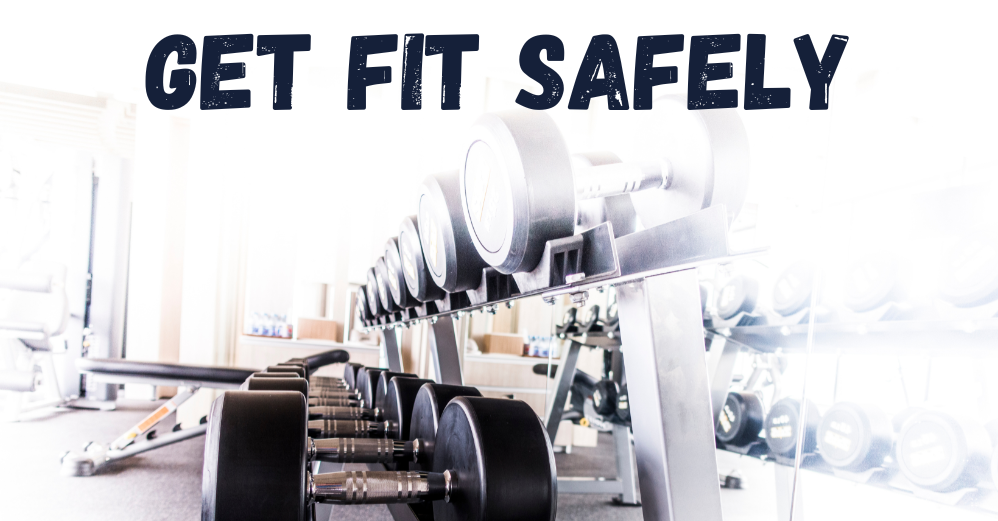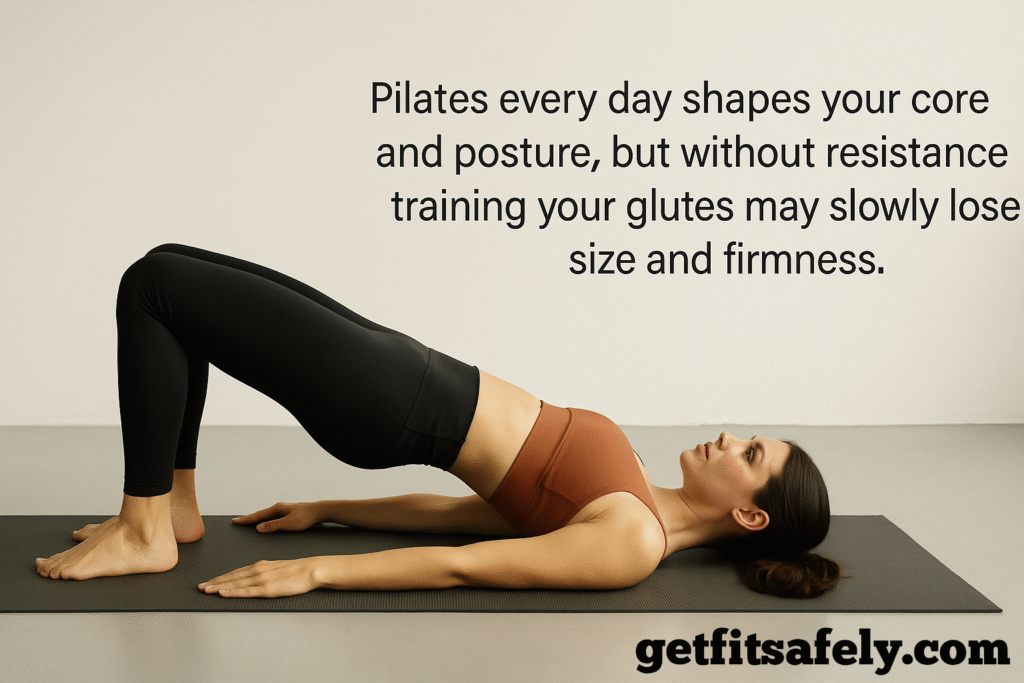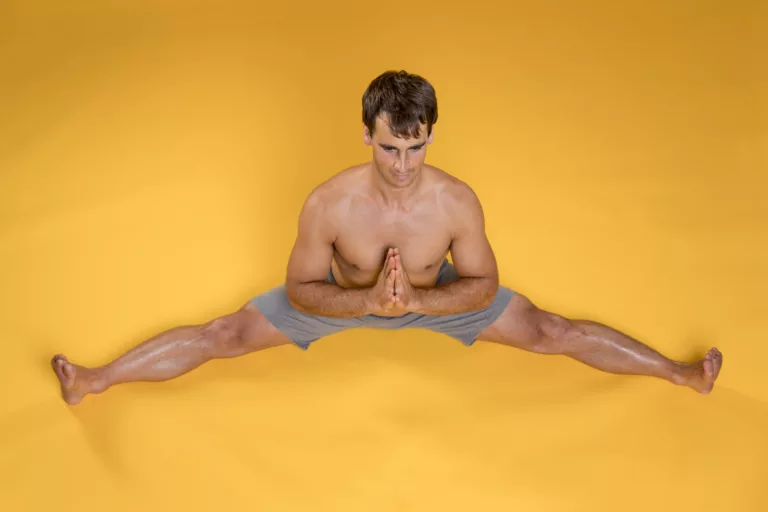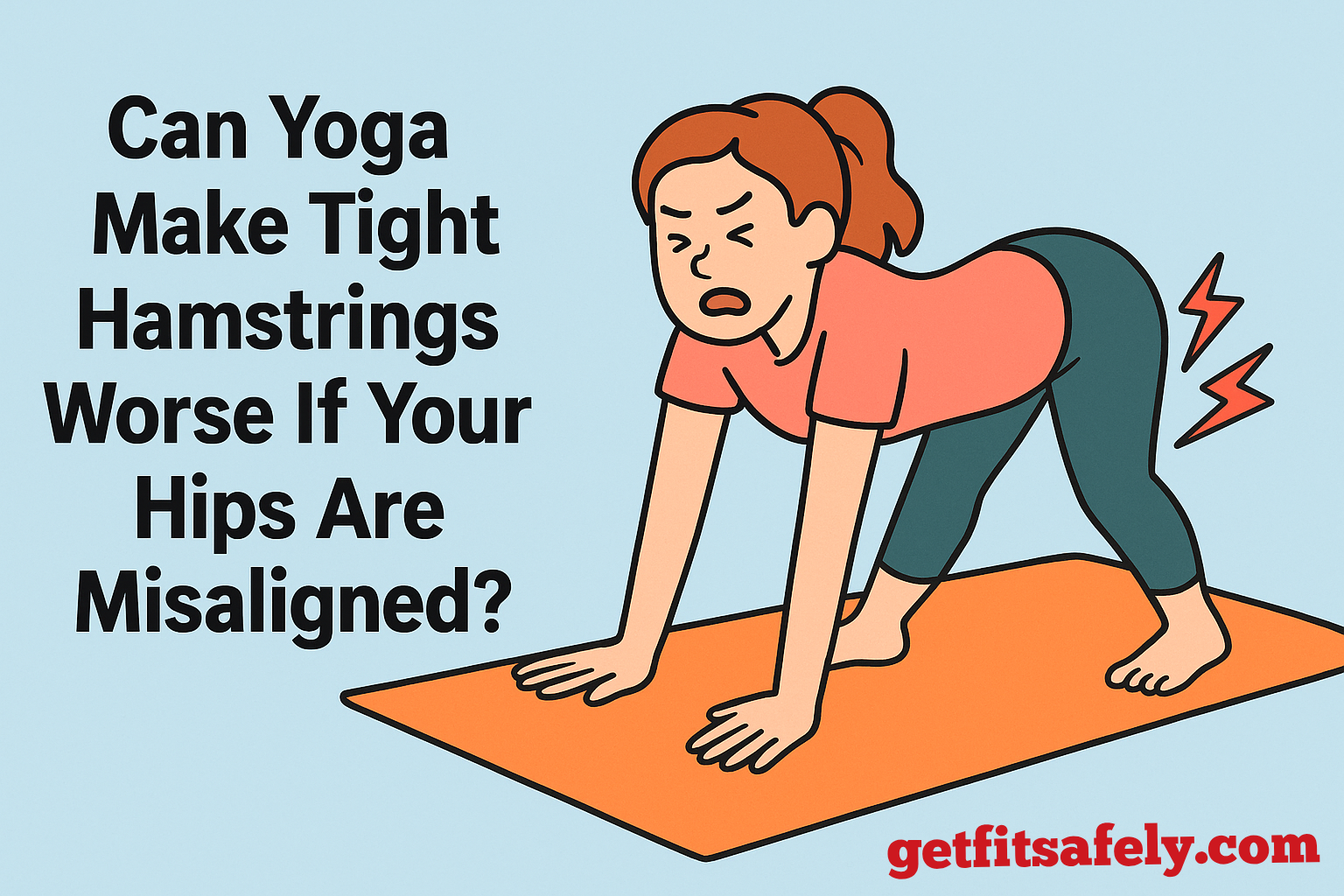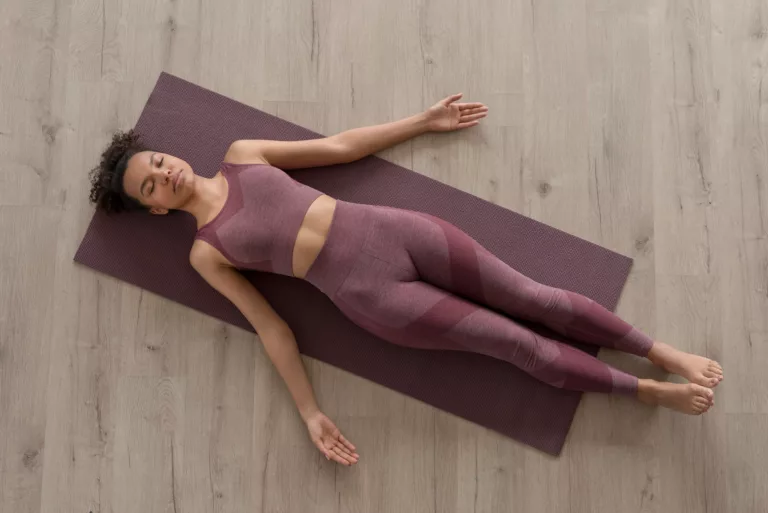Let’s clear something up right away.
Pilates is a bomb for your core, posture, and overall mobility.
It’s that perfect mix of control, precision, and “slow burn” that makes you feel like both a ballerina and a zen ninja at the same time.
But if you’re grinding through daily Pilates sessions and suddenly notice your backside looking a little less peach emoji 🍑 and a little more pancake emoji 🥞… it’s not your imagination.
Yes, it can happen.
And no, I’m not saying Pilates is bad or that it “ruins” your body.
I’m saying that if your goal is to maintain or build a full, toned booty, you need to understand how to train so it doesn’t slowly fade away while you’re holding the “hundred” with perfect elegance.
Why your butt can shrink instead of grow
The point is simple: Pilates wasn’t designed to build muscle mass, especially in the glutes.
Most of the exercises are bodyweight-based and focus on muscular endurance, stability, and alignment.
All of this is fantastic for functionality and joint health, but it’s not the right stimulus to trigger glute hypertrophy.
Think of your glutes like a campfire.
Pilates is like blowing gently on the coals to keep them alive—it maintains what’s already there, keeps the fire going.
But if you want big flames, heat, and light visible from far away?
You need to throw on heavy logs—and in the gym, those logs are called progressive resistance.
If your daily Pilates doesn’t include progressive overload specifically for the glutes, over time you might just maintain volume or even lose a little.
The science side: maintenance vs growth
Muscles respond to three main stimuli: mechanical tension, metabolic stress, and controlled muscle damage.
Pilates gives you some tension and some metabolic stress, but very little of the third element.
That’s why after months you feel tighter, more “compact,” but you don’t see noticeable increases in size.
Studies are clear: exercises with heavy loads and low reps produce more hypertrophy than bodyweight or light-resistance, high-rep programs.
An analysis published in the Journal of Strength and Conditioning Research confirmed that lifting at 70–85% of your max for 6–12 reps produces significantly greater muscle mass increases compared to low-load, high-rep programs (source).
Translation: your booty needs more than leg lifts and bridges with minibands.
It needs weight.
It needs progressive stimulus.
It needs you to actually make it work.
How to maintain (or grow) your glutes while doing Pilates every day
The goal isn’t to quit Pilates, but to integrate it into a balanced workout.
Think of your routine like a balanced plate.
Pilates is the “vegetables”—nutrient-packed and beneficial.
But the glutes?
They’re the protein: without them, the plate is incomplete.
Some practical strategies:
- Add 2–3 resistance training sessions per week
- Hip Thrust: back supported on a bench, feet on the floor, drive your hips up and squeeze your glutes at the top. Hold for a second and lower slowly.
- Romanian Deadlifts: standing, knees slightly bent, lower your torso keeping your back straight until you feel your hamstrings stretch, then return upright.
- Deep Squats: go down until your thighs pass parallel, keeping weight in your heels.
- Bulgarian Split Squats: back foot on a bench, lower by bending the front knee, and drive back up through your heel.
- Use weights or bands during Pilates to make glute moves harder
Place a miniband above your knees or around your ankles during side-lying leg lifts, glute bridges, and abductions. Add small dumbbells on your hips during bridges or hold them during donkey kicks. - Activate your glutes before heavy workouts with targeted moves
Do 2–3 sets of 15–20 reps of clam shells, monster walks, or banded glute bridges. Focus on strong, controlled contractions, not speed. - Vary reps and intensity
Alternate heavy sets of 6–10 reps with moderate loads for 12–20 reps. This stimulates both fast-twitch and slow-twitch fibers. - Don’t neglect nutrition
Aim for 1.6–2 g of protein per kg of bodyweight and avoid staying in a constant calorie deficit, otherwise it will be tough to maintain muscle volume.
Signs Pilates might be costing you glute mass
Sometimes you don’t notice right away.
Warning signs can include:
- Jeans or pants starting to feel looser in the back.
- You can hold a bridge for two minutes, but struggle to thrust 40–50 kg.
- You’ve lost speed in sprints or uphill running.
- You never feel that “good soreness” in your glutes after workouts.
If you find yourself ticking these boxes, don’t panic: thanks to muscle memory, regaining tone and size is faster than you think. With the right stimulus, you can see changes within weeks.
Why Pilates is still a glute ally
Here’s the good news.
Even though Pilates doesn’t “build” glutes like weightlifting, it can enhance their appearance.
It strengthens hip alignment, improves neuromuscular control, and increases glute endurance—helping you use them more effectively in other exercises.
Result: more “active,” stable glutes, less likely to sag with time.
It’s like polishing a car’s exterior—it doesn’t change the engine, but it makes everything look sharp and well-kept.
Pilates-friendly tweaks to better hit the glutes
The secret isn’t to overhaul Pilates, but to “hack” it smartly so your glutes work harder without losing flow and control.
Ideas:
- Shoulder Bridge with resistance: hold a small dumbbell or kettlebell on your hips. Even 10–20 lbs makes a difference.
- Slow Leg Lift: instead of a fluid raise, pause for 2 seconds at the top with flexed foot to hit the glute med harder.
-
Side-Lying Series with band: band above knees to add tension during abductions and leg circles.
- Modified Swimming: as you lift your legs, drive from the glutes instead of the lower back, slowing the tempo.
Common mistakes that sabotage glutes in Pilates
Many think “feeling the burn” in the glutes automatically means they’re growing.
Not true, and often these mistakes ruin potential gains:
- Too much hip-flexed work: overdoing moves with the leg in front overloads quads and reduces glute activation.
- Skipping the eccentric phase: lowering the leg or hips slowly is key to stimulating more fibers.
- Partial range of motion: half-reps out of fear of losing balance. Full range is what lets the glute fully engage.
- Ignoring breathing: without proper diaphragmatic breathing, your lower back steals the work from your glutes.
A sample weekly program for Pilates + Glutes
| Day | Workout | Execution details |
|---|---|---|
| Monday | Pilates matwork + heavy hip thrusts (4×8) | Core stability (hundred, single leg stretch, double leg stretch). Then hip thrusts: shoulders on bench, feet planted, load on hips, drive up to align torso and thighs, squeeze glutes, lower slowly. |
| Tuesday | Classical Pilates with added resistance | Shoulder bridge, leg circles, side leg lifts with miniband above knees. Slow moves, focus on contraction and pelvic stability. |
| Wednesday | Pilates matwork + deep squats (4×10) | Pilates for hip mobility (spine stretch forward, saw, hip opener). Then deep squats: feet wide, dumbbells at sides/front, drop below parallel, drive up strong. |
| Thursday | Bodyweight Pilates (mobility & stretching) | Flow with rolling like a ball, mermaid stretch, spinal twist. Controlled breathing, big movements to decompress spine and open hips. |
| Friday | Pilates matwork + Bulgarian split squats (3×12/leg) | Core work (teaser, plank to pike, swimming). Then split squats: back foot on bench, front leg grounded, lower until back knee nearly touches floor, push up through heel. |
| Saturday | Pilates with bands + slow side kicks | Side kick front/back, clam shell, leg pull front with miniband. Side kicks: leg lifted hip height, slow forward/back motion. |
| Sunday | Active recovery / uphill walk | 30–45 min brisk walk on incline to hit glutes and promote recovery. |
Creative tricks and extra moves to bring your booty back to life
So far we’ve talked about adding resistance, fixing common mistakes, and building a weekly plan that saves (and improves) your backside.
But even the best program in the world can get a little… flat if you always do the same thing.
The secret to keeping things fresh and stimulating your glutes is sprinkling in creative hacks—small tweaks that change angles, make training fun, and wake up lazy muscles.
The first one? A super simple but genius move: the Wall Pilates Hack.
The Wall Pilates Hack: when the wall becomes your partner
You’re exhausted and just want to lean against the wall? Perfect: you can do that and train your glutes.
- Wall Squat: back against the wall, feet slightly forward, drop until knees are at 90°. Press your lower back lightly into the wall, hold 20–60 seconds.
- Wall Bridge: lying on the floor, feet pressed into the wall at 90°, drive hips up by pushing through heels, squeeze glutes at the top, lower slowly.
The wall becomes your silent personal trainer: it won’t let you cheat and keeps your form locked in.
The “rounder booty” move club
Direct from more creative routines:
- Side-Lying Leg Extension + Abduction: lying on your side, top leg straight. Lift up and slightly back, then diagonally up like drawing a half-circle. Keep foot flexed for max activation.
- Rainbow Leg Lift: lying face down, lift one leg and sweep it side to side like a rainbow, touching the floor only at each end.
- Kneeling Hydrant Kickback: on all fours, lift knee out to the side (like a dog at a hydrant) then extend it backward. Keep it slow and controlled.
- Quadruped Leg Extensions: from all fours, extend leg back (straight or bent) until in line with torso, squeeze glutes for one second before lowering.
These are low-impact but high-focus, perfect for adding roundness without overloading your lower back.
And now, for those wanting a pro-level touch, here come tips from a Pilates CEO—an American trainer and studio owner in LA who shared her strategies in a fitness interview.
Tips from a Pilates CEO
A top trainer recommends adding simple but targeted elements:
- Booty band always: use a band above your knees during side-lying raises and hip extensions. Keep moves slow and controlled for max effectiveness.
- Core variety: add torso rotations, plank twists, and oblique crunches. This boosts stability for glute and leg work.
- Classics like squats and lunges: if you’ve got a reformer, use footwork; if not, go bodyweight or dumbbells. In lunges, always drive through the heel to hit the glute.
Conclusion
Pilates isn’t the enemy of your butt—the enemy is an incomplete training plan.
If you pair your daily sessions with targeted weight work, you get the best of both worlds: a strong, stable core and full, firm glutes.
And let’s be real: a booty that can lift weight and look flawless in leggings is a goal worth chasing.
So yes, roll out your mat every day… but keep a barbell nearby too.
Your glutes will thank you.

